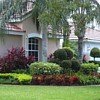Trees and Shrubs
Landscaping Trees & Shrubs
Landscaping trees and sharubs add value to your property. They provide both practical and aesthetic benefits to your home and garden. Trees and sharubs can be used for practical purposes like shielding against the elements.
-
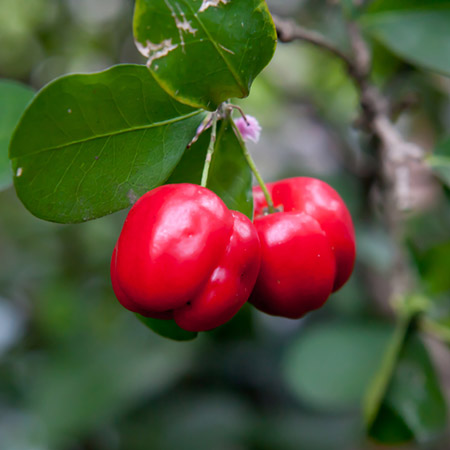
Barbados Cherry
Barbados cherry can be propagated from seeds, cutting, air layering and grafting. Barbados cherry seeds have low germination rate. If propagating from seeds, use seeds from fully developed and ripe fruit and before using clean and dry it completely. Seedlings should be transferred from germination tray to their individual containers or in ground when they are about 2 to 3 in. tall.
View Details -
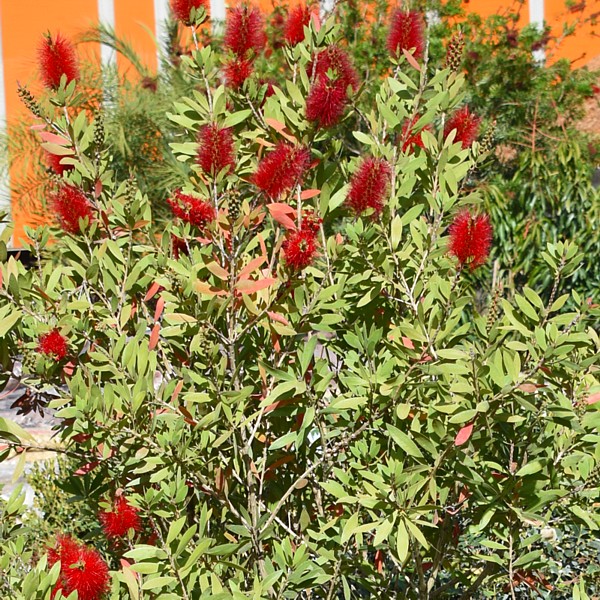
Bottlebrush
There are about 25 species of shrubs or small trees in this genus from Australia. Callistemon closely resembles the genus Melaleuca, but has the stamens separate or united only at the base. Since the species of these two genera closely resemble each other and hybridization occurs both in the wild and cultivation, it is very difficult to separate them from each other.
View Details -
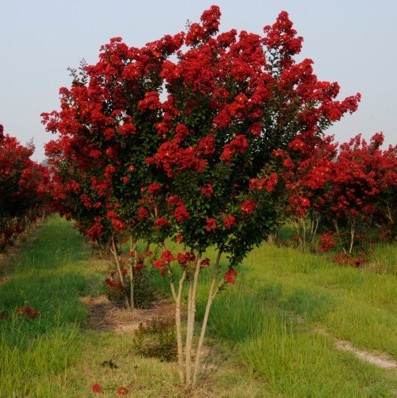
Crape Myrtle Dynamite
Crape myrtle Dynamite provides abundant summer color with a minimum of maintenance. Because of these features, crape myrtle should be used more often in the home landscape and as street trees in community developments. Colors range from red and pink to lavender and white.
View Details -
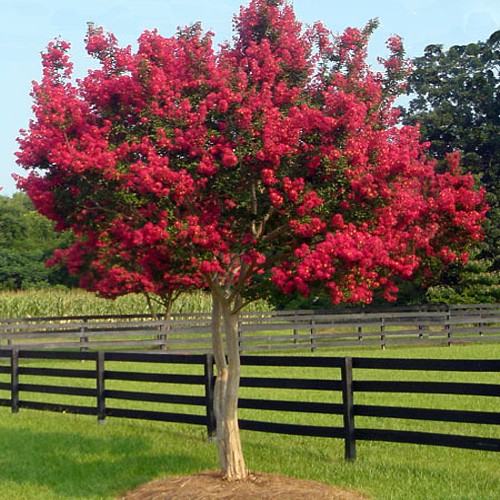
Crape Myrtle
Crape myrtle (Lagerstroemia indica) is one of the most useful flowering shrubs/trees grown in Georgia. It provides abundant summer color with a minimum of maintenance. Because of these features, crape myrtle should be used more often in the home landscape and as street trees in community developments. Colors range from red and pink to lavender and white.
View Details -
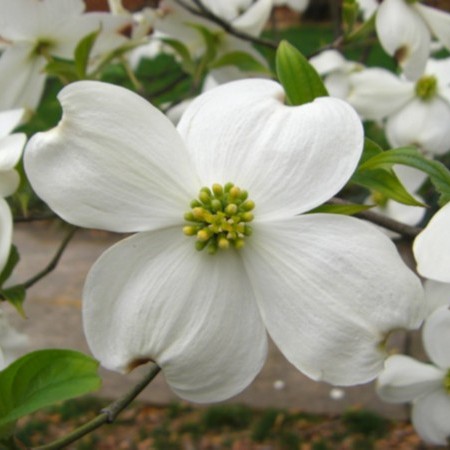
Dogwood
The flowering dogwood (Cornus florida) originally evolved as a junior member of the forests of the eastern United States where it thrives under the canopy of larger trees in the shady, moist and nutrient-rich conditions it prefers. Home-owners and landscapers have long favored it for its lovely spring display, its attractive shape and luxuriant leaves and its modest size.
View Details -
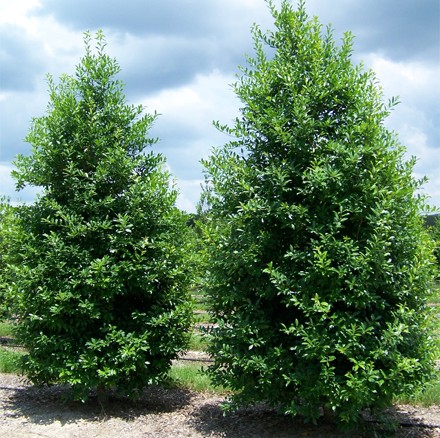
Holly Eagleston
Eagleston holly will grow best in acid, moist soil. It has dark green leaves and slowly matures into a pyramidal shape.
View Details -
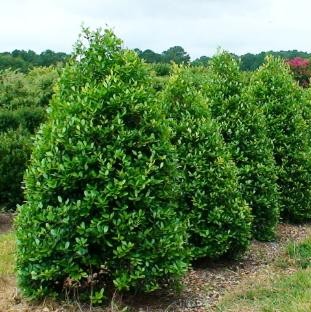
Holly East Palatka
A medium columnar to pyramidal tree with alternate light green leaves and white flowers or red berries.
View Details -
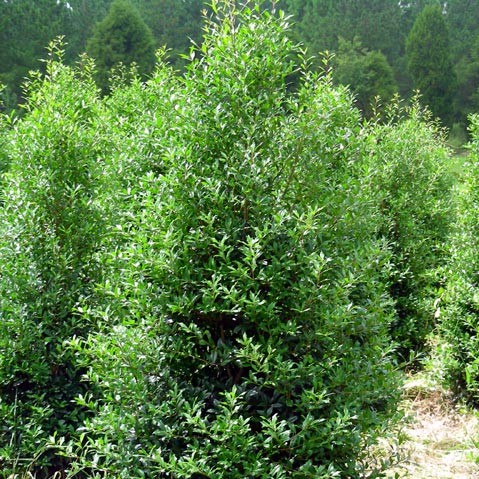
Holly Foster Sdt.
Foster Holly trees are attractive evergreens that can grow to reach mature heights between 20 and 25 feet. They have dark green foliage, can live in multiple soil types and are perfect for creating privacy barriers or adding beauty to landscapes.
View Details -
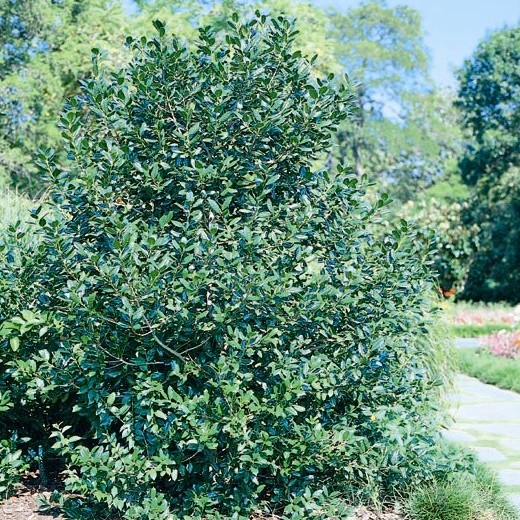
Holly Nellie R. Steavens
Ilex x 'Nellie R. Stevens' is a cross between Ilex aquifolium (English Holly) and Ilex cornuta (Chinese Holly) and has a dense, conical growth habit. Nellie R. Stevens is a broadly pyramidal tree that can reach 30 to 40 feet tall, though more commonly grows to the 15 to 25 foot range. It is tolerant of our area's heavy soils and can also withstand drought. It performs best in full sun but can tolerate partial shade.
View Details -
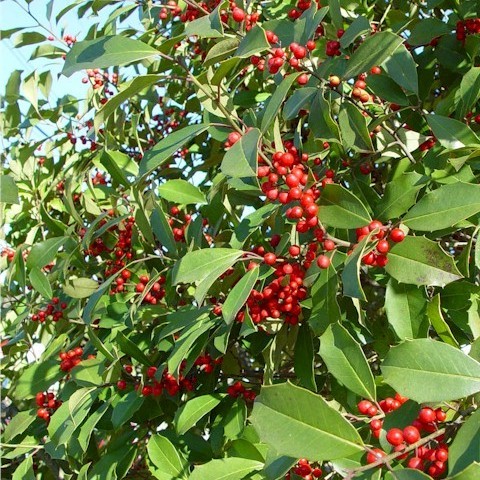
Holly Savannah
The Savannah Holly is an older selection of a cross between Ilex cassine (Dahoon Holly) and Ilex opaca (American Holly). Ilex x attenuata "Savannah" has whitish bark with light green leaves with very small spines. The females produce berries that are bright red. Savannah Holly tolerates limy soils well and will get 20-30 feet in height and 15 feet wide making it great for tall screens.
View Details -
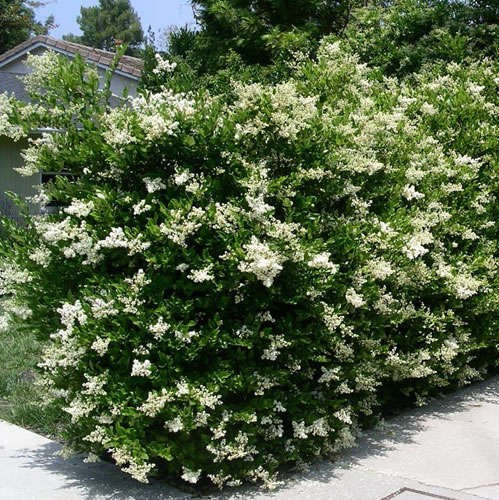
Ligustrum
Ligustrum shrubs are very low maintenance. These plants are hardy to the warmer zones and they display amazing drought tolerance, making them a perfect choice for areas that don't see a lot of rainfall during the summer. These plants will also tolerate multiple prunings throughout the year.
View Details -
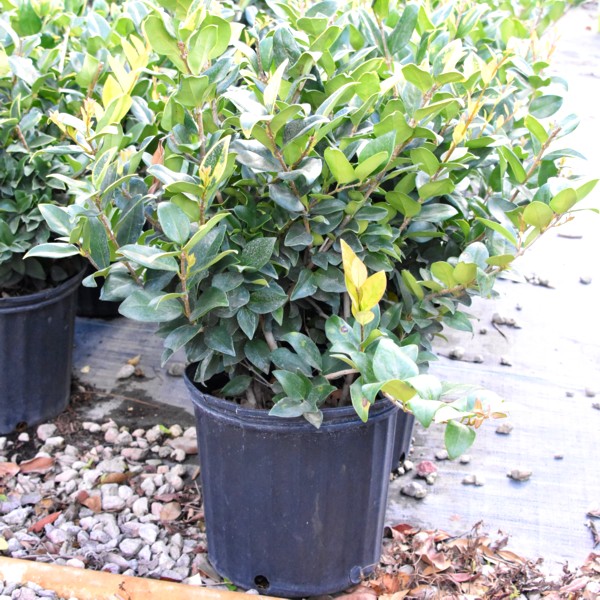
Ligustrum Twisted Leaf
Ligustrum shrubs are very low maintenance. These plants are hardy to the warmer zones and they display amazing drought tolerance, making them a perfect choice for areas that don't see a lot of rainfall during the summer. These plants will also tolerate multiple prunings throughout the year.
View Details -
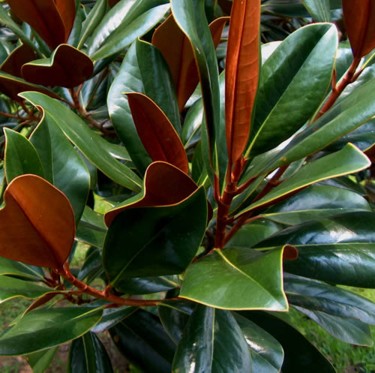
Magnolia D.D. Blanchard
D.D. Blanchard Magnolia, Magnolia grandiflora, is an aristocrat of trees. It grows well throughout Florida and Georgia, is widely adaptable to a variety of soils, and has few pest problems. With glossy evergreen foliage and large white fragrant blossoms, it truly is one of the most handsome and durable native trees for our Southern landscapes. Most cultivars of Southern Magnolia are seedling selections that have been vegetatively propagated.
View Details -
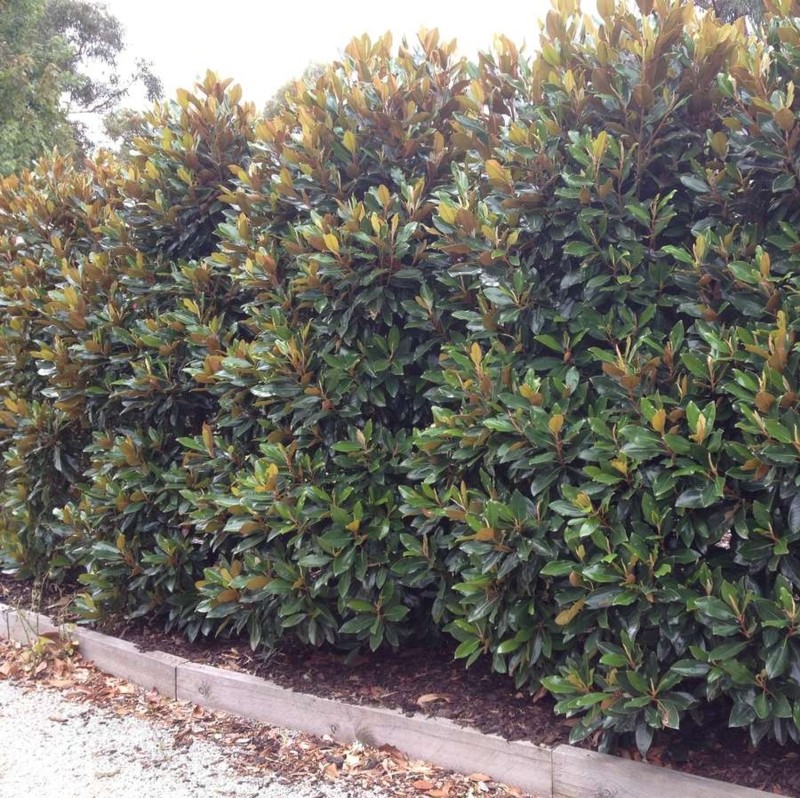
Magnolia Little Gem
The Little Gem Magnolia is a slow-growing hybrid Magnolia Grandiflora that is sometimes called a "dwarf". It will get tall (up to 40', usually less), but not nearly as tall as the Grandiflora (which can get over 80' tall), and it grows very slowly. It may grow to be 8 - 10' wide. It has blooms on it when it is very young, as opposed to the original Magnolia Grandiflora growing in the wilds which sometimes takes 15-20 years to bloom.
View Details -
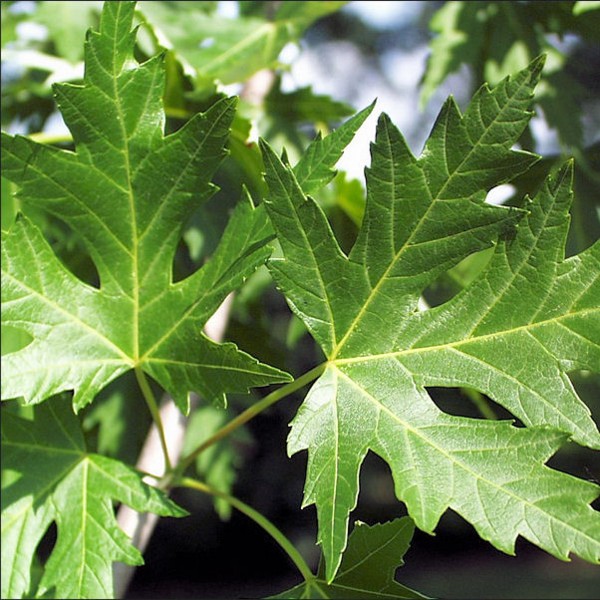
Maple Silver Leaf
Silver maple (Acer saccharinum) is a medium-sized tree of short bole and quickly branching crown common in the Eastern United States where it is also called soft maple, river maple, silverleaf maple, swamp maple, water maple, and white maple. It is found on stream banks, flood plains, and lake edges where it grows best on better-drained, moist alluvial soils.
View Details -
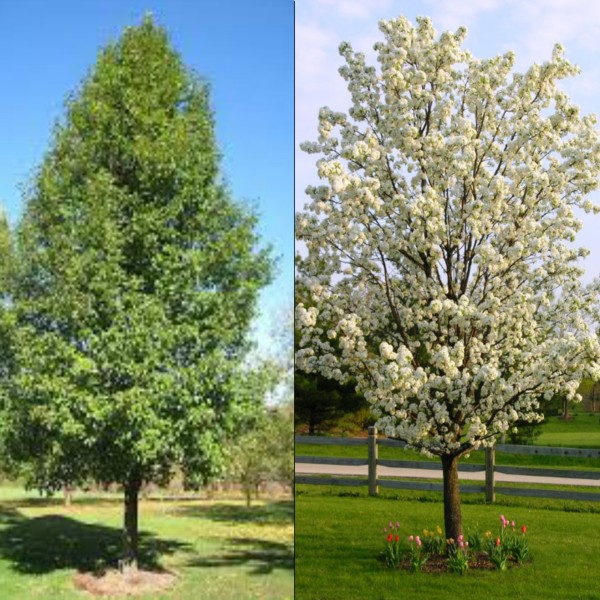
Pear Chanticleer
The Chanticleer Pear is a upright-pyramidal tree that is much narrower than other ornamental pears. This tree makes a valuable addition to the landscape and is a good choice where lateral space to spread is limited. It has attractive flowers, foliage and fall color. "Chanticleer" is less susceptible to early freezes than other Pears. It will grow up to 40 feet high and 15 feet wide.
View Details -
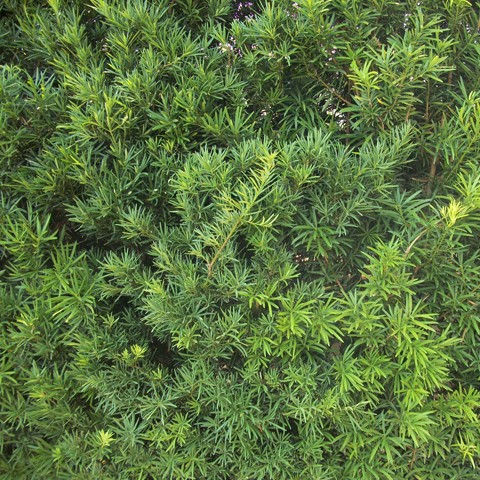
Podocarpus
The yew pine is an upright to somewhat oval shrub or small tree. Podocarps are gymnosperms like pines, spruces and cycads. They have needlelike leaves that are flat and a lustrous dark green. Catkin-like structures on male plants produce pollen. Scaly ovules on females are small and inconspicuous. These produce small blue fruits that are attractive against the dark foliage but are mildly toxic and should not be eaten.
View Details -
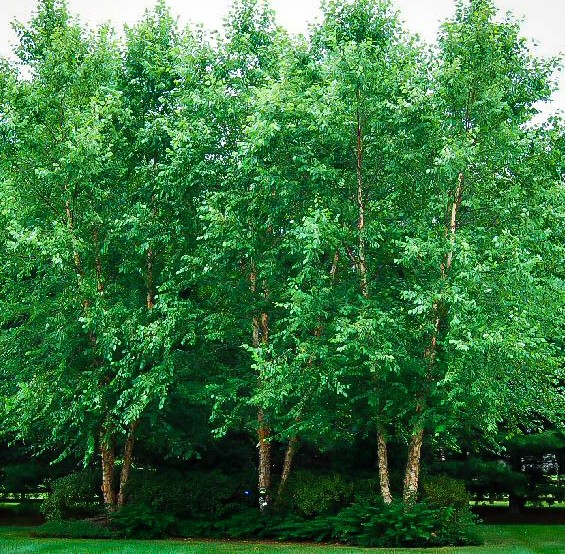
RiverBirch
River Birch, the southernmost birch of the United States, makes its best growth alongside bodies of water or in occasionally flooded bottomlands. It is native to the Atlantic coastal states, southern states, the lower Midwest, eastern Great Plains, and lower Mississippi River valley. In Ohio, it is native mostly in the south-central counties, and sparsely along Lake Erie.
View Details -
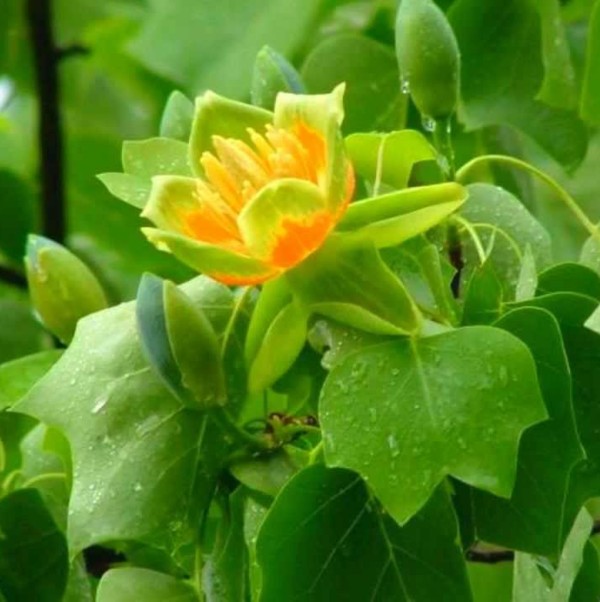
Tulip Poplar
The Tulip Poplar also known as Yellow Poplar or Tuliptree is related to primitive Magnolias. Tulip Poplars are native to Georgia and a most of eastern U.S. Tulip Poplars provide nectar in the spring with their flowers and sap in the winter for wintering hummingbirds. Wintering hummingbirds feed off of the sap and the insects attracted to the sap when the Yellow-bellied Sapsucker drills wells into the tree.
View Details




